
Tag Archives Agronomy

Canola traders are fixed on forecasts for a record crop
Minneapolis wheat suggests protein will be in short supply
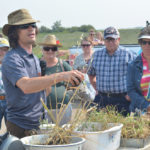
Soils are not made equally when it comes to soaking up moisture
Mitchell Timmerman’s rainfall simulation emphasized the role of perennial forages in increasing infiltration during the August 30 Manitoba Beef and Forage Initiatives Brookdale site tour
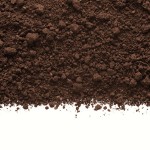
Farmers’ focus must shift from yields to soil health
But looking after the land doesn’t have to result in a ‘yield penalty’
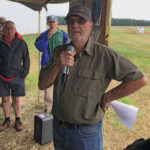
Degraded soils cost farmers billions annually
Yet soil care remains a low priority for policy-makers as well as farmers
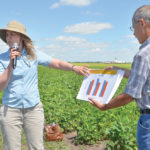
To till or not to till? For soybeans that’s the question
The Westman Agricultural Diversification Organization is testing out planting dates and pre-seed tillage systems in its latest round of soybean experiments

The rain dilemma for U.S. corn, soybeans
Localized storms are making widely used weather models less meaningful to the market
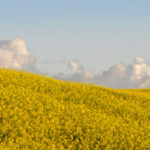
How dense is the perfect canola stand?
Economic-focused studies say lower stand density might mean bigger profit, while other experts warn that it might be short-term financial gain for long-term agronomic pain

Ag in Motion: Managing herbicide resistance
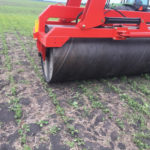
Tips for rolling emerged soybeans
The best time is at the first trifoliate on a warm afternoon to limit damage

What’s in your field?
Planting a pair of tighty whities can help you find out


